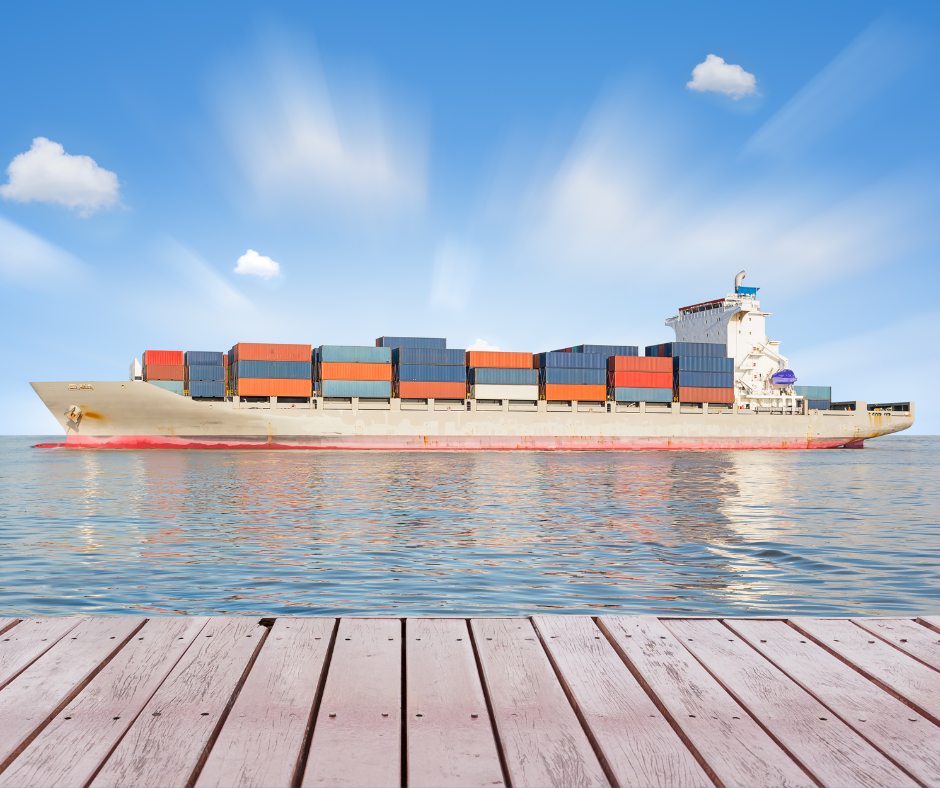 If your company has a top-class product or service and an ambition to diversify, venturing into foreign trade may be the smartest decision you’ll ever make.
If your company has a top-class product or service and an ambition to diversify, venturing into foreign trade may be the smartest decision you’ll ever make.
Doing business abroad can help you increase your sales and market share, reduce operating costs, improve competitiveness and gain access to new resources and technologies.
But even if you have a product or service that seems to have international appeal, your company may not actually be ready for international trade.
Doing business overseas is much more complicated than staying at home, and any successful exporter will tell you that they looked very carefully at their company before they decided to go abroad.
Is your company ready for international trade?
Like them, you can improve your odds of foreign success by carefully examining your business, finding ways to capitalize on its strengths and taking action to remedy its weaknesses.
Here are six important areas that deserve close attention:
1. Product viability
You’ll need to do market research to find out whether your products or services will, in fact, appeal to buyers in other countries. If you can offer something unique at competitive prices, your chances of success will go up. Conversely, producing and selling ordinary, widely available merchandise won’t usually work. And even if you do have an appealing product or service, you may still need to modify it (possibly at considerable expense) to meet foreign tastes and regulatory standards.
2. Company performance
If your business is doing well in Canada, that’s a big plus.
A solid cash flow and comfortable profit margins, supported by an effective business plan, make an excellent launching pad for an export project.
Conversely, trying to export from a shaky domestic foundation will only increase the strain on the company’s resources, which can be extremely risky. Moreover, it’s much harder for a struggling company to get financing for its export deals.
3. Human resources
Your human and managerial resources may be adequate for your domestic needs. But if your export business is more than a modest success (which is the goal, after all), you’ll need more people to handle the increased workload. That means recruiting, hiring and training, all of which will require company resources ranging from more office space to a bigger payroll. Be sure you’re prepared to expand this part of your business when the time comes.
4. Financial resources
Most small and medium-sized exporters can’t start an international operation using their own financial resources, so they go to their lenders for the working capital they need.
Unfortunately, it can be much harder to get financing for exporting than for domestic operations.
This is because international trade is inherently riskier than domestic trade, and because the banks know that most export ventures need a couple of years (at least) to start turning a healthy profit.
Consequently, you should find out from your lender how much support they’ll provide if you decide to go abroad, and for how long they’ll provide it. If they’re cool to the idea, you can go to government-backed lenders, such as Export Development Canada (EDC) and the Business Development Bank of Canada (BDC), that specialize in helping companies get started in international trade.
5. Production resources
One sure way to fail internationally is to secure a large contract and then be unable to fill it. Make sure you have enough spare production capacity—or can create it quickly—to meet unexpectedly large foreign demand. You should also ensure that your suppliers will be able to support your production commitments without causing delays or bottlenecks.
6. Logistics resources
Producing enough to fill an order is only part of the job—you still have to make sure your buyer gets your goods on time and in the expected condition.
You’ll need staff who are trained in export logistics and who will be able to troubleshoot delivery problems quickly and efficiently.
If you examine all the above areas and come up with positives across the board, you’re in good shape to start exporting. If you find some weaknesses, though, don’t give up—almost all non-exporting companies, at this early stage, have gaps in their preparedness.
But once you fill those gaps, you can go abroad with confidence and a solid foundation for international success.
Want to learn more about getting ready to export? Visit EDC’s Knowledge Centre and download Introduction to Exporting: How to Sell to International Markets and Diversifying Into Foreign Markets: A Guide to Entry Strategies.







disqus comments